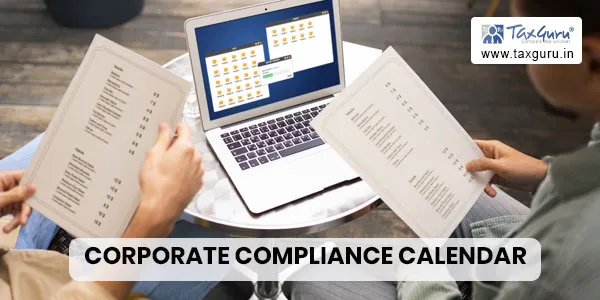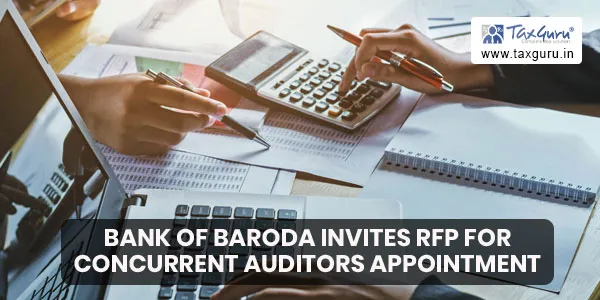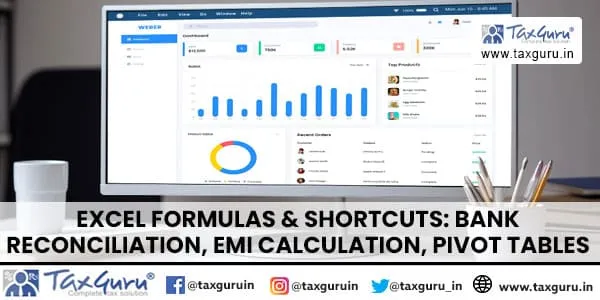Different Concepts Used in Valuation of Securities
Valuation is the process of determining the current worth of an asset or a company. There are many techniques used for doing a valuation. An analyst placing a value on a company looks at the business’s management, the composition of its capital structure, the prospect of future earnings, and the market value of its assets.
Investment process requires the valuation of securities in which the investments are proposed. The value of a security may be compared with the price of the security to get an idea as to whether a particular security is overpriced, underpriced or correctly priced.
To value the security different concepts are used. Some of these are as follows:
1. Book Value (BV):
Book Value of an asset is an accounting concept based on the historical data given in the balance sheet of the firm. Book Value of an asset is given in the balance sheet or can be ascertained on the basis of figures contained in the balance sheet.
For example, the Book Value of a debenture is the face value itself and is stated in the balance sheet. The Book Value of an equity share can be ascertained by dividing the net worth of the firm by the number of equity shares.
2. Market Value (MV):
Market Value of an asset is defined as the price for which the asset can be sold. Market Value of a financial asset refers to the price prevailing at the stock exchange. In case a security is not listed, then its MV may not be available.
3. The fair market value :
The fair market value consists of an independent buyer and seller having the requisite knowledge and facts, not under any undue influence or stressors and having access to all of the information to make an informed decision. In other words, fair market value is price at which the property would change hands between a willing buyer and a willing seller, where both are not under any compulsion to buy and sell and they have reasonable knowledge of relevant facts and information. This means that any representative price would not work if it affects buyer’s or seller’s unique motivations.
4. Going Concern Value (GV):
Going Concern Value refers to the value of the business as an operating, performing and running business unit. This is the value which a prospective buyer of a business may be ready to pay. Going Concern Value (GV) is not necessarily the MV or BV of the entire asset taken together. Going Concern Value may be less than or more than the Market Value /Book Value of the total business. Rather, GV depends upon the ability to generate sales and profit in future. If the GV is higher than the MV, then the difference between the two represents the synergies of the combined assets.
5. Liquidation Value (LV):
LV refers to the net difference between the realizable value of all assets and the sum total of the external liabilities. This net difference belongs to the owners/shareholders and is known a LV. The LV is a factor of realizable value of an asset and therefore, is uncertain. The LV may be zero also and in such a case, the owners/shareholders do not get anything if the firm is dissolved
6. Capitalized Value (CV):
CV of a financial asset is defined as the sum of present value of cash flows from an asset discounted at the required rate of return. In order to find out the CV, the future expected benefits are discounted for time value of money.
In the valuation of financial assets, the CV is most relevant concept of valuation
Required Rate of Return:
In order to find out the CV, what is required is the determination of the required rate of return of the investor for the specific security being valued. This required rate of return is used as the discount rate to find out the present value. The required rate of return refers to the yield which the investor wants to earn by making investment. It is consisting of two elements – the risk free rate of return and the risk premium.
The level of risk associated with a given cash flow can significantly affect its value. In terms of present value, greater risk is incorporated by using a higher discount rate/rate of return.
If the risk increases, the required rate of return also increases. This increase is due to the increase in risk premium. The risk-free rate, remains the same for all levels of risk, and the risk premium (RP), goes on increasing with the increase in risk.
Thus, the required rate of return is a factor of the following:
1. The risk free rate
2. The risk perception/attitude of the investors,
3. The risk premium (RP) i.e. compensation required for bearing the risk.





















